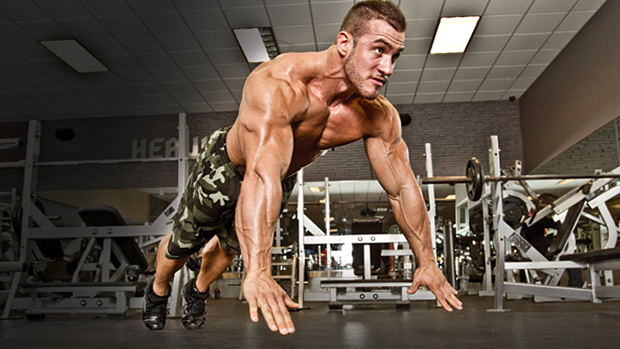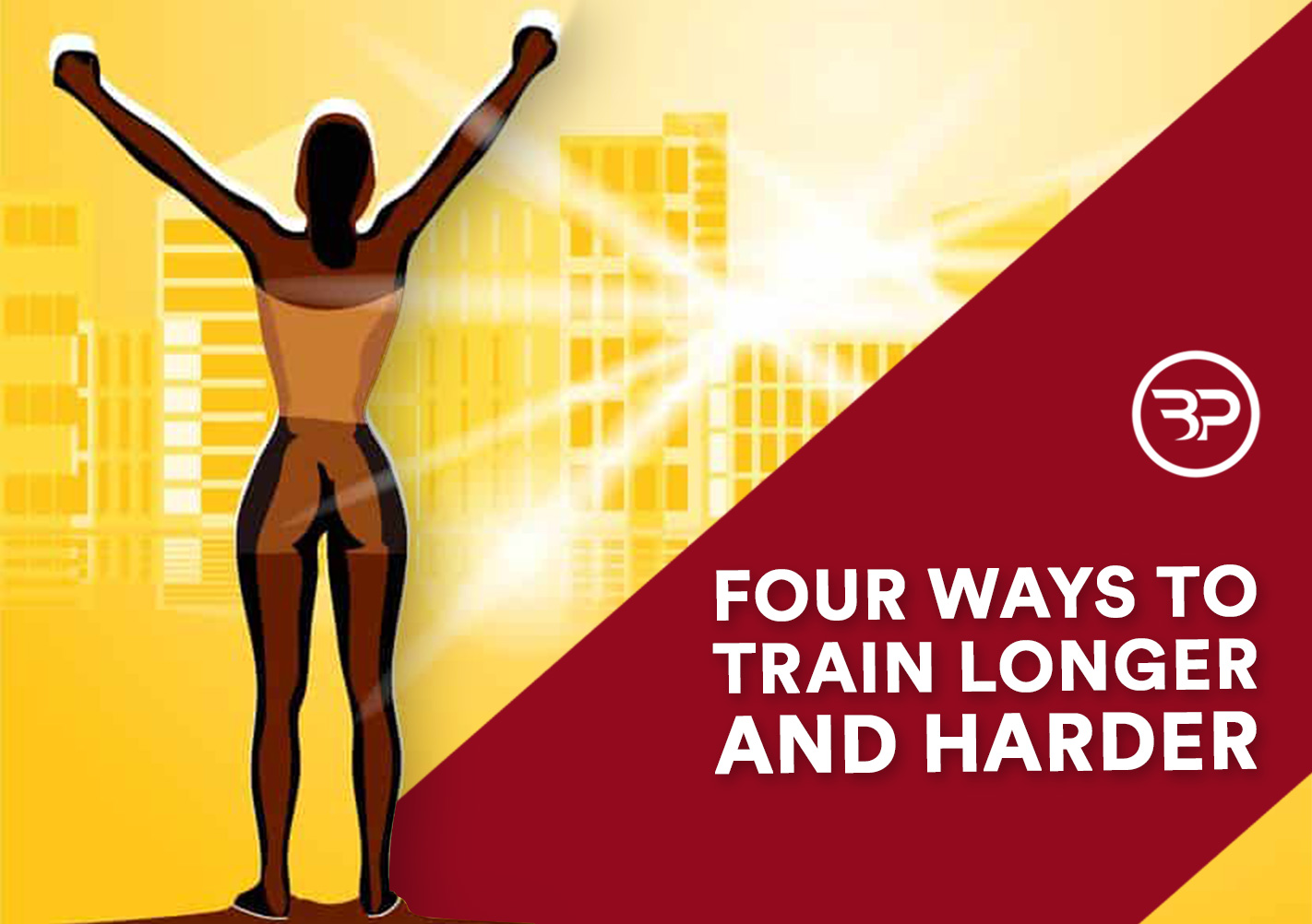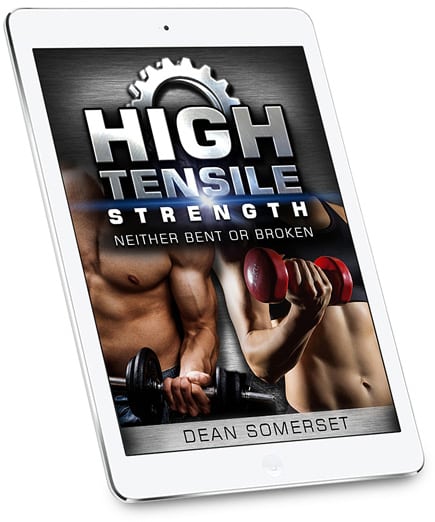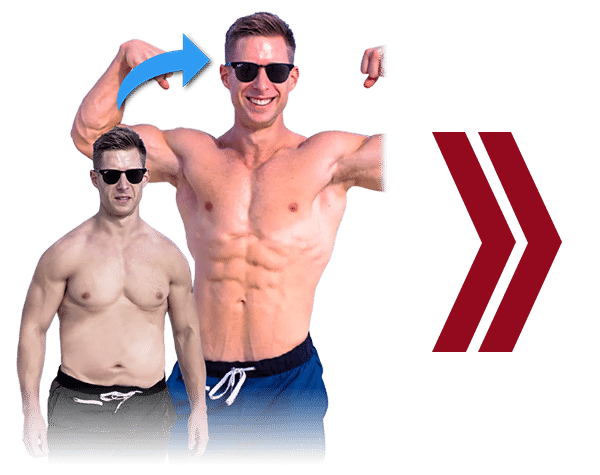Four Ways To Train Longer and Harder
November 27, 2015
Flash back to two years ago at 4:30 A.M. I rolled out of bed and took a few ginger steps. My knees that used to crackle are stiff and achy.
My shoulder? Same Deal.
And early morning training?
Well, I used to be able to wake up, run to the gym, and just start hoisting weights. I knew it was dumb, but I did it anyway.
Sound familiar?
 Now, I don’t want seem like a whiny little bitch.
Now, I don’t want seem like a whiny little bitch.
I realize my age and list of aches pales in comparison to many of you. But, I hear friends, clients, and members of the Bach Performance Community talking about “the good old” days in the gym when they could lift non-stop, party, and still hit the gym with reckless abandon the next day, and set PR’s.
Now, it’s as if they’re a shell of their previous selves, washed up, done, and retired. Here’s what I hear:
“My knee is always sore. I’m done squatting. “
“My back is jacked up from deadlifts, I’ll just take the week off…you know, from all physical activity. “
“Man, I can’t get this tendonitis in my elbow to go away. I’m just going to skip the gym altogether. “
Use Old Lessons as a Stepping Stone
The way I see it, the “good old days” aren’t a thing of the past. They are a stepping stone to more intelligent training. Rather than accepting mediocrity, every training issue is an opportunity to find a new route to the same destination of a high-performance body.
Working with a number of ex-athletes over the years (and becoming one myself), I’ve re-evaluated my approach to training to optimize performance and physique for the long-term.
After all, with age comes the chance to combine experience with wisdom to optimize the most important factor for long-term success:
Consistent, focused training.
With some tweaks to my coaching, I’ve been able to help clients get over their aches and pains to improve performance on their own terms, regardless of age.
Whether you’re new to the iron game, a seasoned vet, or somewhere in-between these tips will accelerate your high-performance gains while preserving your body for the future.
1.There Are Absolutely No Absolutes
That said:
- You must do the big three, deadlift, squat, and bench, bro.
- If you don’t squat ass to grass, you’re a chicken-legged chump and have no shot at getting big, and strong.
- You must drink a post-workout shake or your workout will be wasted.
Sound familiar? I grew up reading “absolutes.” While much of all this was good advice, life is far too chaotic for absolute advice to be absolutely true.
You might not be able to squat ass to grass due to a pre-existing knee injury. Or different bony hip anatomy. Or you lose core integrity below parallel, forcing your spine to flex and round, potentially causing severe injury.
See what I mean?
There is no absolute best way for everyone—you have to find what works for you and get awesome at it.
2. Focus on Posture and Proper Biomechanics
Despite our efforts in the gym, the sad truth is most of us have poor posture due to extensive times sitting, punching endless keys on our iPhones, and scanning email.
Shortened, tight hips, rounded shoulders and forward head position all open the door for imbalances and issues throughout the entire body that are exacerbated by unbalanced training.
As it pertains to your training, tight hips make hip extension nearly impossible, with lumbar extension during sprinting and hinge movements. Or, poor thoracic mobility makes it impossible to lift overhead without feeling like there’s an ice-pick in your shoulder.
As Greg Rospkopf, Founder of Muscle Activation Techniques (M.A.T.) says “joint position dictates muscle function.”
Focus on putting your body in the best anatomy positions and let your muscles do the job they’re meant to do, rather than excessively loading tissues for functions they’re not designed to handle.
3. Spend More time Working on Speed-Strength
I love lifting heavy as much as the next guy. Bbut years of heavy loading takes its toll on your body. Even more, heavy, near maximal loading is extremely taxing on the central nervous system.
Now, think about what happens after a period of heavy lifting and overreaching. It’s similar to the average, middle-aged professional:
- You’re mentally stale (you need four 4 cups of coffee to get back to equilibrium)
- You don’t sleep well, hence the extra coffee
- Increase in cortisol, decrease in testosterone, making you irritable and low energy, and by all means, weaker.
- Depressed immune system, making you more likely to get sick.
See what I mean?
Keep the heavy days few and far between, and do most of your work between 65-85% 1-RM. Move the bar as fast as possible instead of 80-95%+ 1-RM. Going for a new max is fine, but realize the similarities between your stressful lifestyle, hard training, and learn to balance them out.

You’ll stay strong, minimize joint stress, and keep your mind and body sharp rather than beaten down and lethargic.
4. Bodyweight Training
Like any other mode of training, you need progressive overload on basic movements. Unfortunately, most lifters dismiss bodyweight training after learning what I bench press is… and see other dudes curling in the squat rack.
Plus, once you’re able to knock out sets of 30 push-ups and 10+ chin-ups things get boring, right?
Well, you’re right. In their basic form, simple bodyweight exercises won’t provide enough tension to create overload in the muscles for further adaptation… unless you advance their variations.
Instead of a chin-up, add a weight vest or dip belt. Hell, start progressing towards a one-arm pull-up, a truly impressive feat of strength.
Add weight to your push-ups, start doing suspended push-ups, or start busting out one arm push-ups like Rocky.
Ab wheel rollouts, sprints, jumps, pistol squats, front levers, natural glute ham raises, single leg hip thrusts, and their variations are all high-performance exercises that can be done nearly anywhere, anytime, and in most cases, pain-free compared to spending more time underneath the bar.
Advance your training variations and use bodyweight training for strength, rather than endless high-rep sets. If you’re not already working on a few of these exercises add them in today and work towards the hardest progression possible.
High Tensile Strength
As I mentioned above, you can continue to train safely and make progress for decades to come… if you take the right steps. And while pain is an unavoidable part of the iron game, dysfunction and decreased training quality isn’t the inevitable badge of honor most meatheads play it off as.
The first thing you need to do is realize there are no absolutes in training. Find out what works best for you. Lifting lighter and more explosively with bodyweight exercise is a great option.
If you need to get more specific, my friend and colleague Dean Somerset has just released his brand new High Tensile Strength.
It’s six months of programming, customizable based off a handful as self-assessments. You’ll build strength and improve usable mobility to build and reinforce strong and stable movement patterns to reduce injury and feel amazing. Even better, the portable program gives you the flexibility to take your training from the gym and everywhere in-between.
How much do I like this? So much that I’m doing what I’ve almost never done before: offering an enthusiastic personal endorsement. Why?
Dean’s one of the good guys in the fitness industry who pours his heart and soul into helping people. And it shows.
This customizable program, designed for both men AND women, is on sale at 50% the regular price until December 1, 2015 only.
For more information, check out High Tensile Strength Here.









